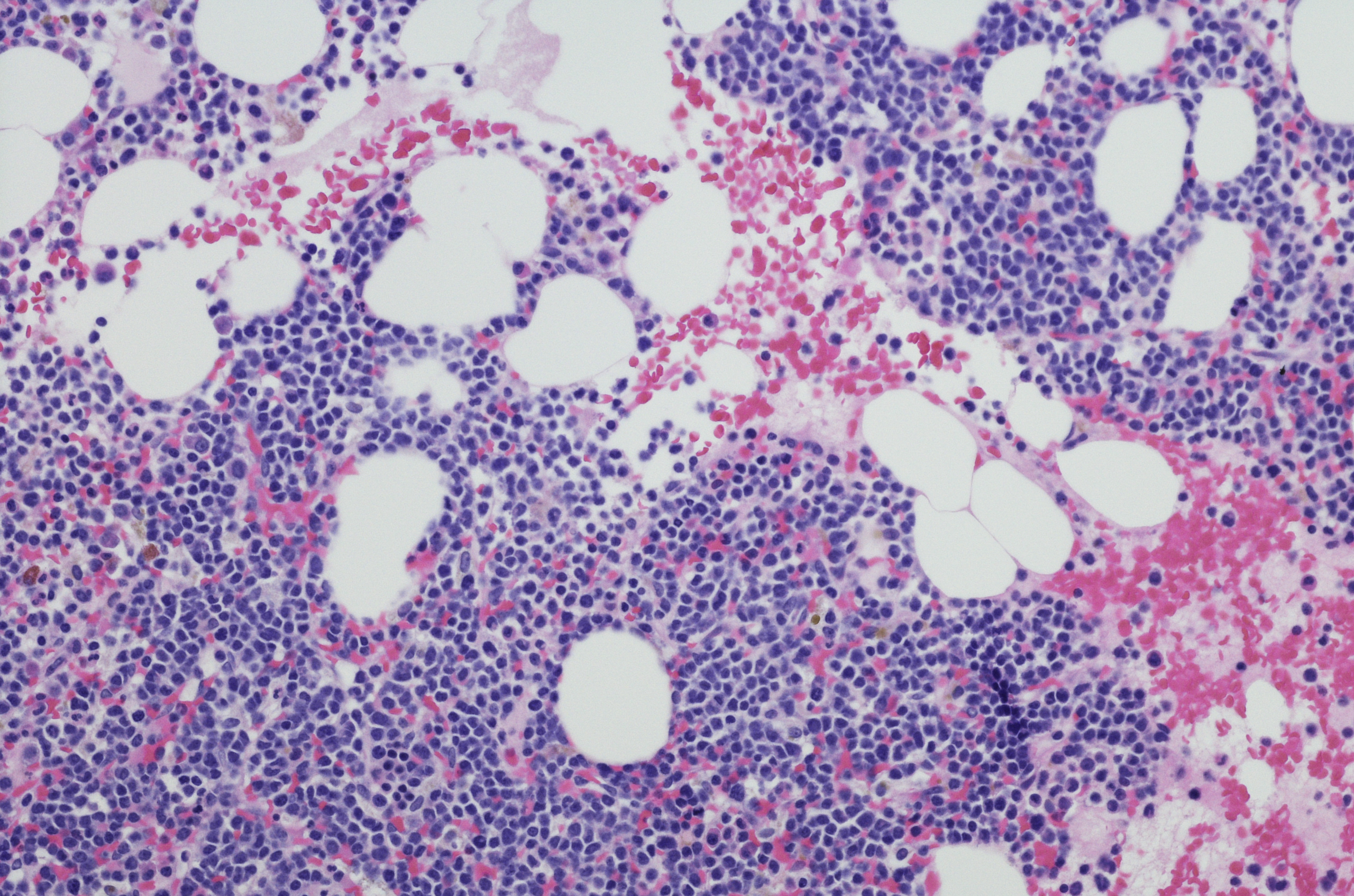
Carfilzomib, lenalidomide, and dexamethasone improved progression-free survival (PFS) over lenalidomide alone in patients with multiple myeloma (MM) after autologous hematopoietic stem cell transplantation (AHSCT), according to research presented at the 19th Annual International Myeloma Society (IMS) Meeting.
Andrzej Jakubowiak, MD, PhD, of the University of Chicago, discussed the results of the ongoing open-label, multicenter phase III Atlas trial during an oral abstract presentation at the meeting.
The trial results showed “a 44% reduction of progression or death, favoring [carfilzomib, lenalidomide, and dexamethasone],” with a 56% reduction of progression or death in standard-risk patients treated with the triplet regimen, Dr. Jakubowiak said during his IMS presentation.
The trial included patients who were newly diagnosed with MM and received any induction therapy for up to 12 months, followed by a single AHSCT and achievement of at least stable disease within 100 days after. Patients were randomized to receive carfilzomib, lenalidomide, and dexamethasone (n=92) or lenalidomide alone (n=86). The primary endpoint of the study was PFS.
There were 38 patients in the triplet treatment arm who were eligible for de-escalation and converted to lenalidomide alone after cycle eight but were analyzed on the triplet treatment arm per intention to treat. The remaining patients, who were high-risk and non-minimal residual disease (MRD)-negative, continued triplet treatment for up to 36 cycles, Dr. Jakubowiak said. After three years, all patients were put on lenalidomide maintenance therapy and continued until toxicity or progression.
At a median follow up of 33.8 months, 25% of patients in the triplet treatment arm progressed, while 44% in the lenalidomide arm progressed. The estimated median PFS was significantly higher in the triplet treatment arm (59 months) than in the lenalidomide treatment arm (41.4; hazard ratio, 0.56; P=.026).
A significantly greater proportion of patients in the triplet treatment arm (44%) achieved MRD negativity than patients in the lenalidomide treatment arm (27%) after six cycles (P=.019). MRD negativity was reported in 45% of standard-risk patients in the triplet treatment arm, and 27% of standard-risk patients in the lenalidomide treatment arm after six cycles. (P=.028).
The researchers did not report any treatment-related deaths and all-grade toxicities were “generally comparable” between arms.
At cutoff, which was the end of 2021, 90% of patients in the triplet treatment arm remained alive and 87% of patients in the lenalidomide treatment arm remained alive.
Neutropenia was reported in 47% of patients in the triplet treatment arm and 63% of patients in the lenalidomide arm, while thrombocytopenia was reported in 13% of patients in the triplet treatment arm and in 7% of patients in the lenalidomide arm, and infections were reported in 17% of patients in the triplet treatment arm and 8% of patients in the singlet treatment arm, Dr. Jakubowiak said.
“In conclusion, this is we believe, the first randomized phase II trial which could indicate superior PFS with extended post-transplant care and therapy compared to standard-of-care lenalidomide maintenance,” Dr. Jakubowiak said. “Here we use MRD-directed [risk-]adapted maintenance, which we believe is [a] potentially more effective alternative to lenalidomide maintenance and may represent a new standard of care.”
Jakubowiak A, Wrobel T, Jamroziak, K, et al. Atlas: a phase 3 randomized trial of carfilzomib, lenalidomide, and dexamethasone versus lenalidomide alone after stem-cell transplant for multiple myeloma. Oral Abstract #010. Presented at the 19th Annual International Myeloma Society Meeting; August 25-27, 2022.


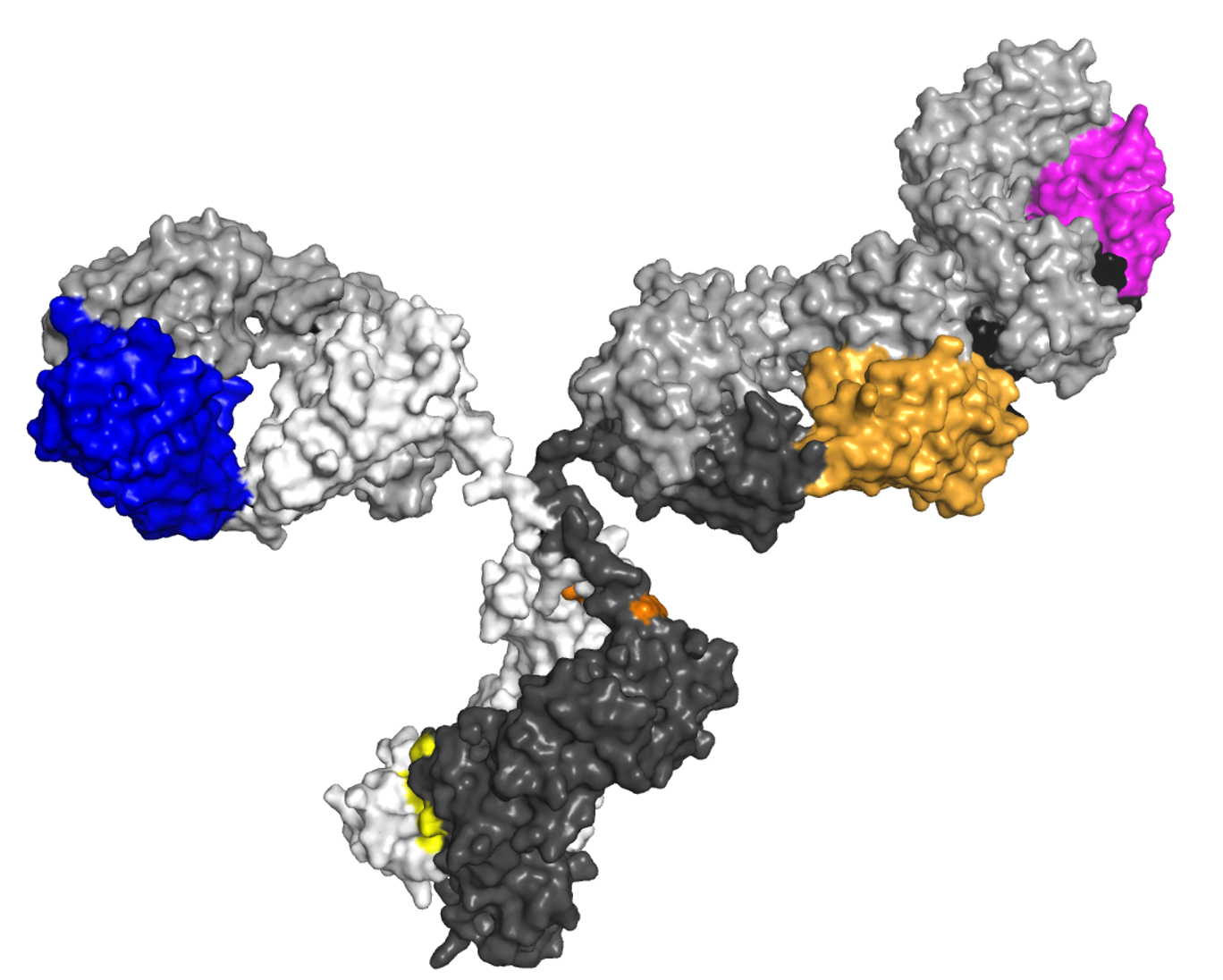
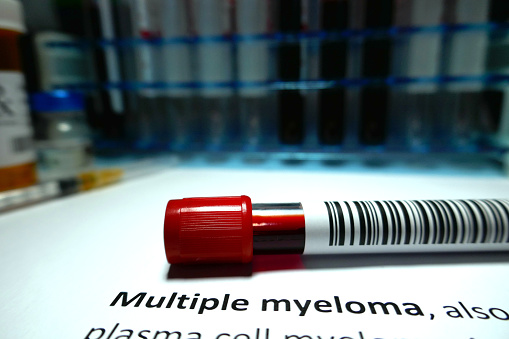
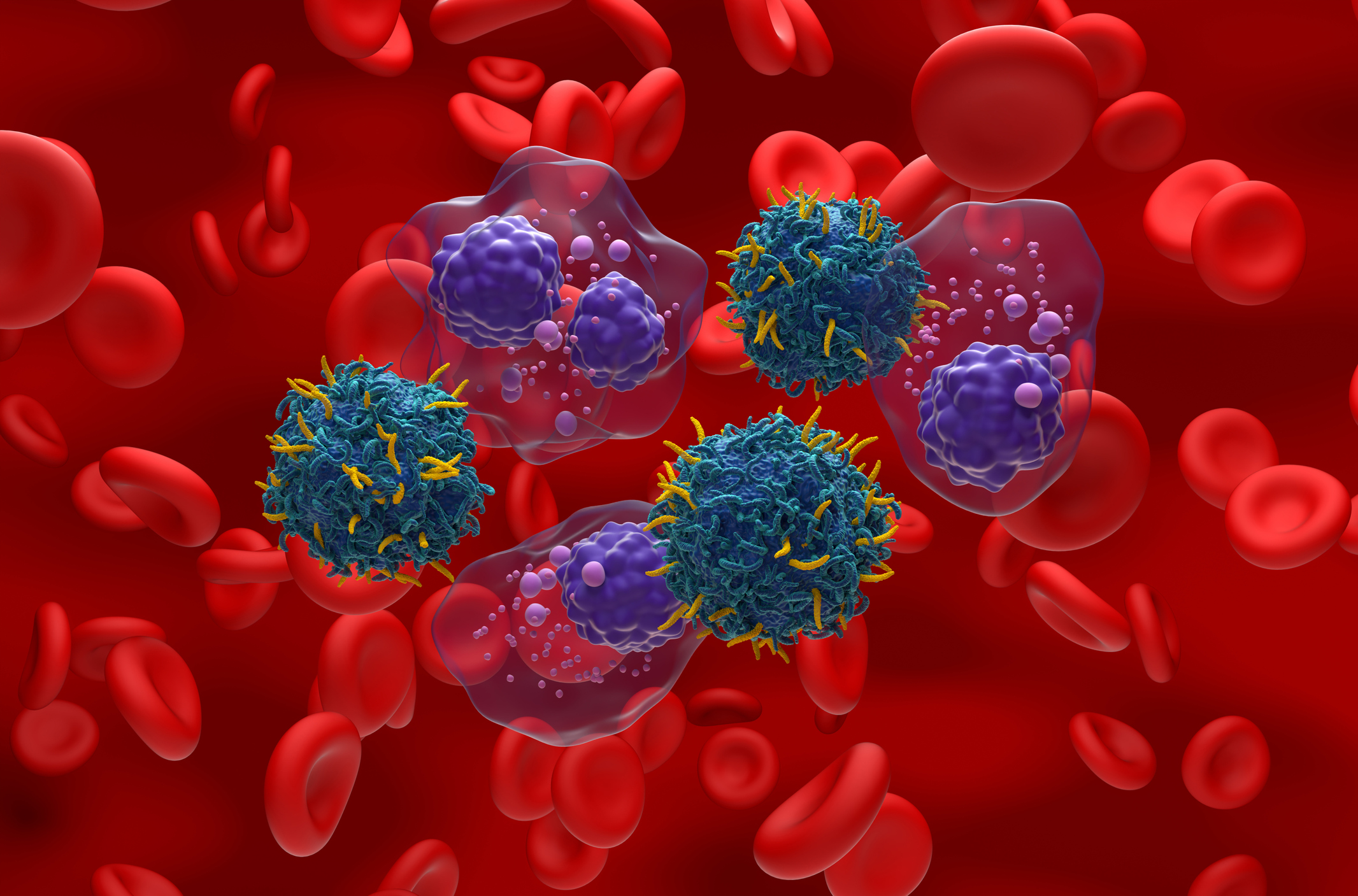
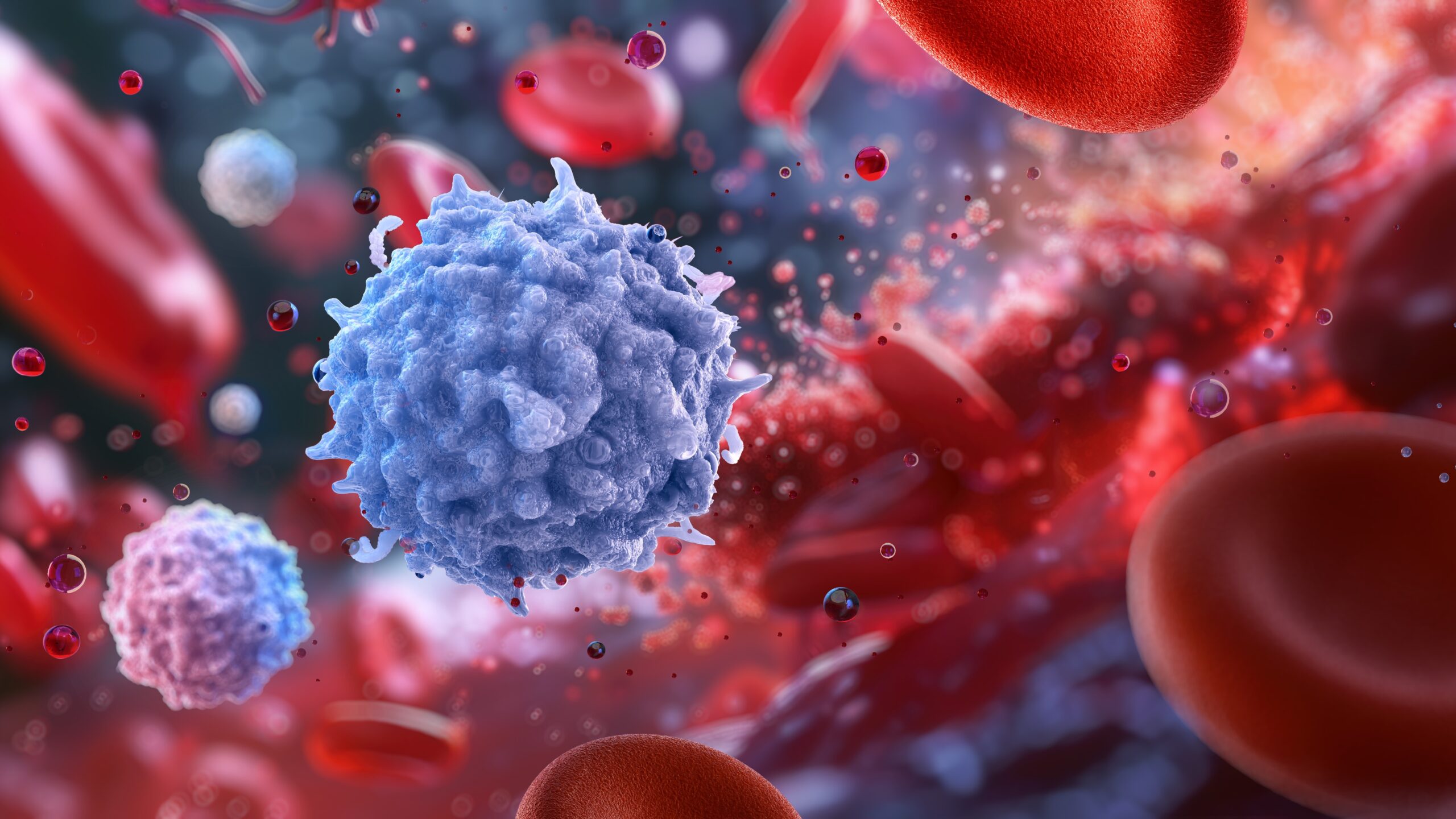
 © 2025 Mashup Media, LLC, a Formedics Property. All Rights Reserved.
© 2025 Mashup Media, LLC, a Formedics Property. All Rights Reserved.